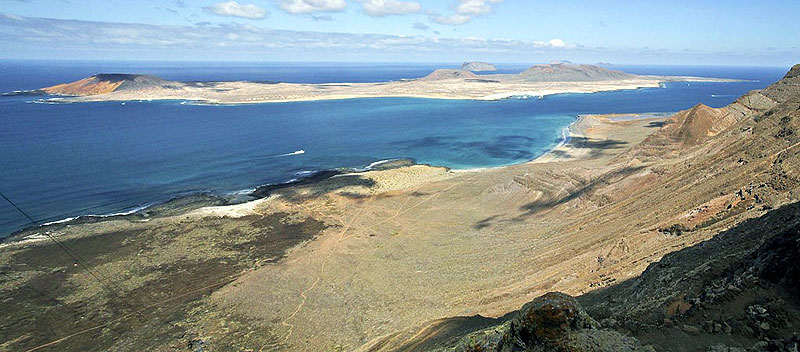The Endesa Net Cathedra of the University of Seville hosted a seminar this week on “Electrical storage in distribution systems”, in which the project G.R.A.C.I.O.S.A was treated as a significant case. In this seminary have participated experts from the universities of Seville, La Laguna, Comillas, IREC, and the promoters of the project, Endesa, the Technological Institute of the Canary Islands (ITC), belonging to the Ministry of Economy, Industry, Trade and Knowledge of the Government of the Canary Islands, and the Andalusian CEN Solutions, which have been working since 2015 to offer a clean and stable power supply solution on the island.
The project was set up in 2015, and it is named after the island: GRACIOSA. In Spanish, this stands for Renewable Generation with Intelligent Storage and Consumption to Operate Distribution Networks with Auto-consumption Systems. The GRACIOSA project also includes work by the Andalusia Association of Industrial Research and Cooperation (AICIA), the Seville University Research Foundation (FIUS), Pontificia de Comillas University, the University of La Laguna and the Foundation for Research and Development of Information Technologies in Andalusia (FIDETIA).
The project is designed for both consumers and distributors, besides the marketing company, to play an active role in the system’s efficiency. As well as guaranteeing the reliability of the energy supply to island residents, it will be possible to improve energy use gaining efficiency and reducing consumer costs. At the same time, emissions can be reduced thanks to integration of renewable energy and progressive implantation of electric mobility on the island.
This innovative project will also be used to test out solutions that might be applied to other isolated areas that, like La Graciosa, might evolve towards a more reliable and more sustainable energy future.
La Graciosa is considered to be the eighth of the Canary Islands. Covering just 27 km2, it is smaller than the Pilar neighbourhood in Madrid. There is not one square metre of tarmac and its energy supply depends on that cable joining it to Lanzarote.
The consortium promoting the project is setting up a micronetwork on the island that integrates the distributed generation obtained using photovoltaic panels with batteries and ultracondensors that will help to manage this fluctuating energy. What’s more, a wide range of technology (communications, PLC, low and medium voltage automatisms, real time monitoring and control systems, applications for energy efficiency and active demand management) can help integrate the solar energy efficiently into conventional networks.
The GRACIOSA project is subsidised by the Centre for the Development of Industrial Technology (CDTI), endorsed by the Ministry of Economy, Industry and Competitiveness and co-financed by the European Union Structural Funds (EUSF).

